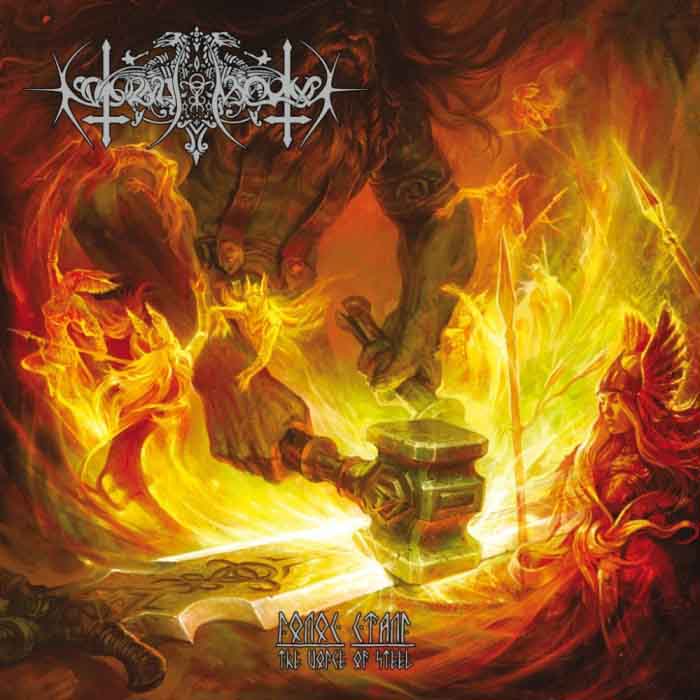
Article by David Rosales.
I. The Cult of Death
During the 10th century A.D., Prince Volodymyr and Queen Olha before him adopted Christianity in a war-torn land with deep-rooted Pagan beliefs. Little could either of them have predicted how hard it would be to impose a foreign philosophy on the yet unbroken Slavic spirit. Over a millennium later, the politically-imposed monotheistic deathcult would be suffering a slow death while the true colors of the Slavic nation would slowly resurface out of the fires of hate.
After all how could they have known that culture and spirit are embedded in the very marrow of bones and hearts of the people? Alas! This ignorance would still be espoused by armchair ideologists until the 19th century and further hammered from above from the second half of the 20th till this day, when true scientific thought is again challenging institutionalized blindness. That is, an ignorance of the logical implications of the lessons of history, psychology and biology, and instead seeing them through the lenses of a secularized Judeo-Christian paradigm. Such a modality of thought still reigns supreme today, even unknowingly among those who would claim allegiance to no supernatural power.
As the land of Ukraine became the collision point for both Asian and European hordes, its brave people soldiered through the intermittent periods of cold desolation and burning brutality. Their spirit weathered the storm, and as a sword forged between the hammer of growing materialism and the anvil of that Middle-Eastern cult of death (administered in a variant especially fostered for European minds, slightly different than that given to the Native Americans), a crude but precious Herculean force arose.
II. Slavic-Pagan Heavy-Black Metal
European nations previously beyond the Iron Curtain have not been known to produce the most accomplished black metal. These usually make prominent use of heavy metal technique while overlaying folk tunes on a poorly-focused progressive structure. These may still win the hearts of the fans of underground metal as honesty and spirit are still highly valued. This ‘best effort’ attitude is endearing, but such obvious naïveté, however authentic, can only take one so far.
Amateur tones characterizing the Slavic underground have meant simultaneously, salvation and bane to the subgenre. On the one hand, its crudeness has effectively forestalled the sellout phase that sooner or later comes about as entropy sets in. On the other, it has deterred a much desired collective coming of age. This is all very much in keeping with the general Slavic spirit: over the top bravado, sincere yet aloof sentimentality, but not the most structured of foundations.
III. The Coming of Age
Nokturnal Mortum’s history stretches back to the time when metal was on its deathbed, the junction at which the rise of parasitic and zombie-minded scenes first came about. The band achieved a certain degree of notoriety in the underground with their sophomore release Lunar Poetry in 1996. After that, the band did not offer much more than a few unconvincing recordings that flirted with pseudo-symphonic stylings: starting out big and epic early in the album and quickly degenerating into slightly comical rock beats and awkward folk tunes.
After five years away from the studio, the band returned with a folk-ambient album speckled with rock metal enhancements here and there. This was the necessary transition that would make the next album after it the most accomplished Slavic black metal album to date. To be more precise, what was achieved in that following album, The Voice of Steel, is an accepting of the full paradigm of black metal without giving up the naturalistic and folk-like tenor unique(in this day and age, at least) to Eastern European metal.
IV. Golos Stali: A Solar Black Metal
In contrast to traditional black metal, the ideological bent of its Slavic counterpart demands a different approach to technique in order to better convey the necessary impression. Instead of outright occult devilry, either through blasphemy or mystic conjuration, we find the remembrance of heroic personalities as well as true active(that is, through expression in the actions of life, ordinary and exceptional) reverence and worship presence of the forces of nature, both seen and unseen. This admiration for heroic prowess that so characterizes the native spirit of the land and people channels the powers of nature itself in their superlative expression at particular points in time according the times themselves.
Rather than the modal, riff-heavy construction of traditional underground metal, Nokturnal Mortum takes a harmonic, rock chord strategy. This may deter many a purist of the serious underground, but a little patience when approaching The Voice of Steel will result in a most rewarding experience. Once past the local use of rock aesthetics incorporated into a melody-and-riff riding that is closer to the methods of metal, the longer, repetitive structures of goal-oriented black metal become clearer.
Sections and patterns are allowed to sink in beyond familiarity and to embed themselves inside the mind of the listener. The lighter nature and swinging rhythm of the salient folk tunes are not given to induce a pensive trance-like state, and so the overall effect is used to a different result. Smooth yet significant transitions take place in such stealthy a manner that they may go unperceived by an inattentive audience. These bring a refreshing sense of justified variety to the strict continuity of events. A comparison with Sorcier des Glaces and the French method may not be out of the question in this respect, with the considerable difference that Slavic bands such as Nokturnal Mortum or Drudkh make more frequent and overt display of rock/post-rock textures and musical sensibilities.
To conclude, it feels necessary to point out the outstanding use of ambient techniques that should be part of the repertoire of any black metal band of any worth, whether applied explicitly or otherwise. These, in combination with rock texturing, rhythms and guitar soloing brought to the mind of the writer the late Pink Floyd. The result of the correct fusion of the more popular techniques showcased in the older band with the sharp focus of proper black metal can result in an interesting balance. The strictness of black metal seems to have been what the disconnected, apparently drug-induced passages of Pink Floyd required in order to contribute to the formation of a full music. These elements are humbly utilized in The Voice of Steel, which through the careful and patient working out of little aspects, their interactions and combinations, give birth to a formidable solar metal.
22 CommentsTags: 2009, Ambient, Ambient Black Metal, black 'n roll, Black Metal, drudkh, flowing black metal, folk metal, nokturnal mortum, pink floyd, post-rock, progressive rock, review, slavic black metal, The Voice of Steel, Ukraine

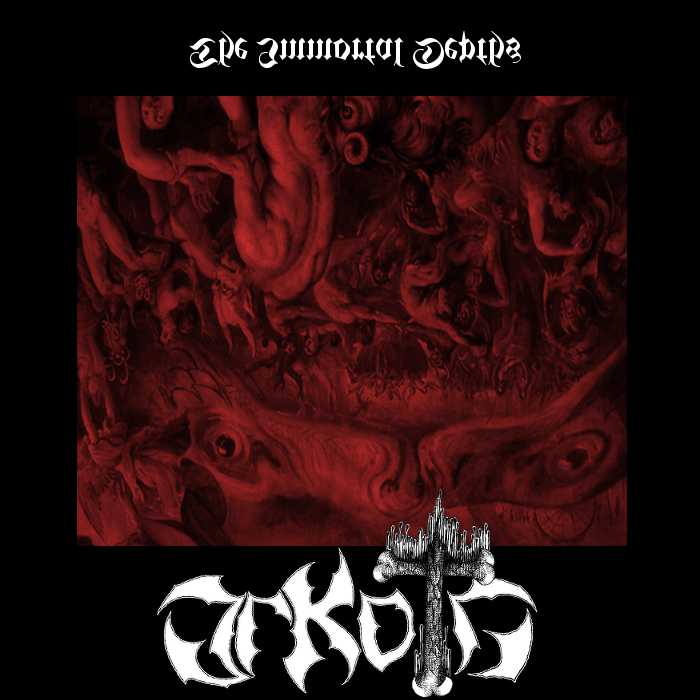

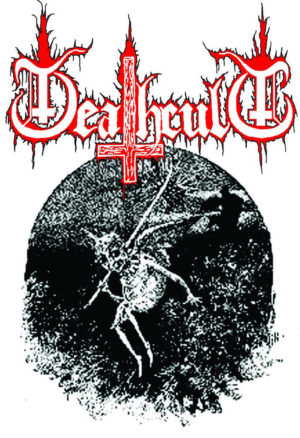
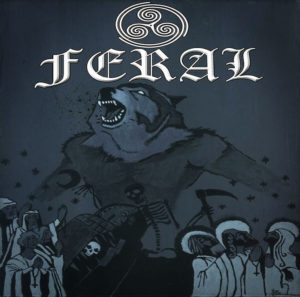
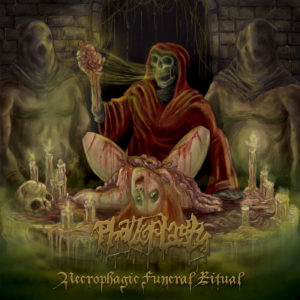
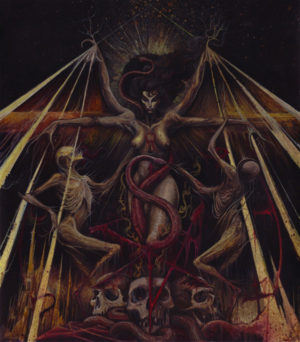
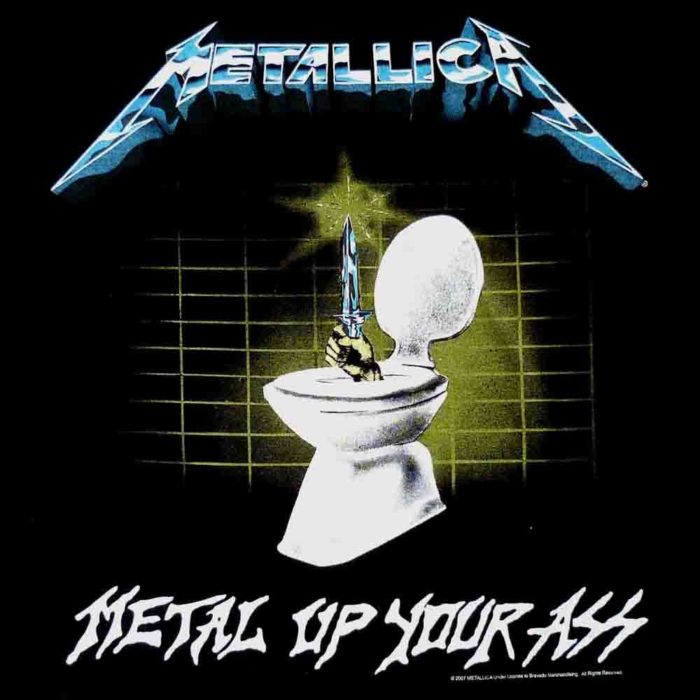
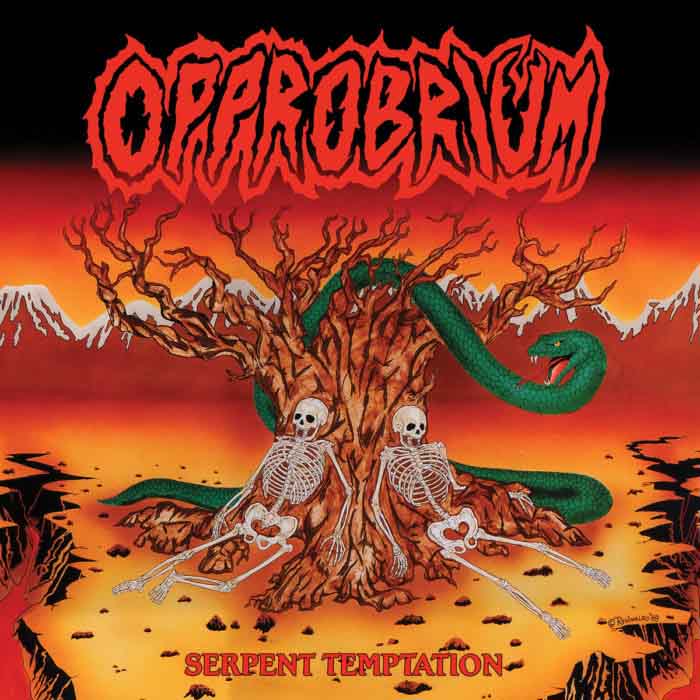
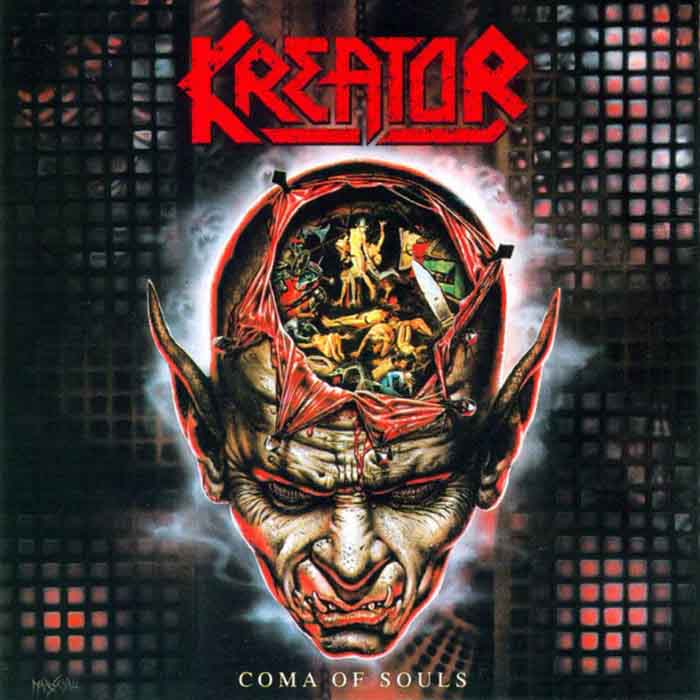
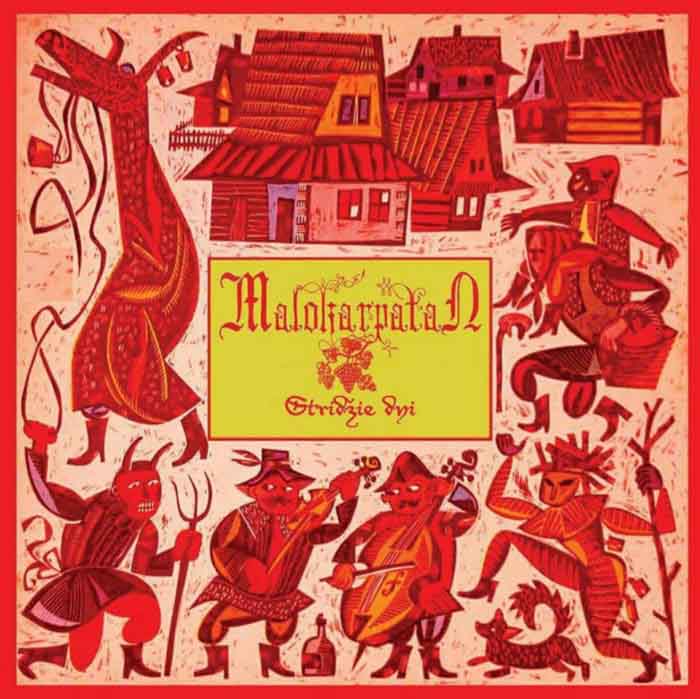
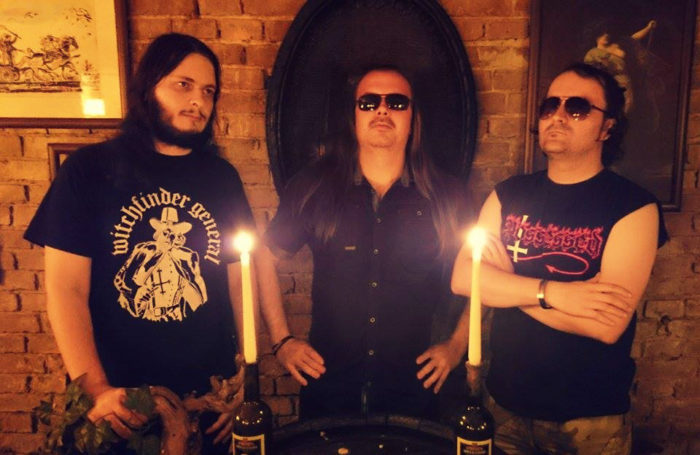
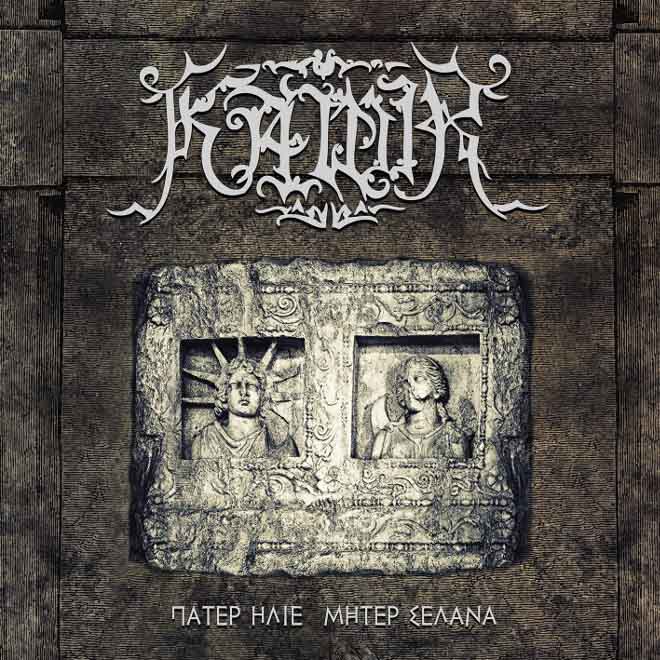

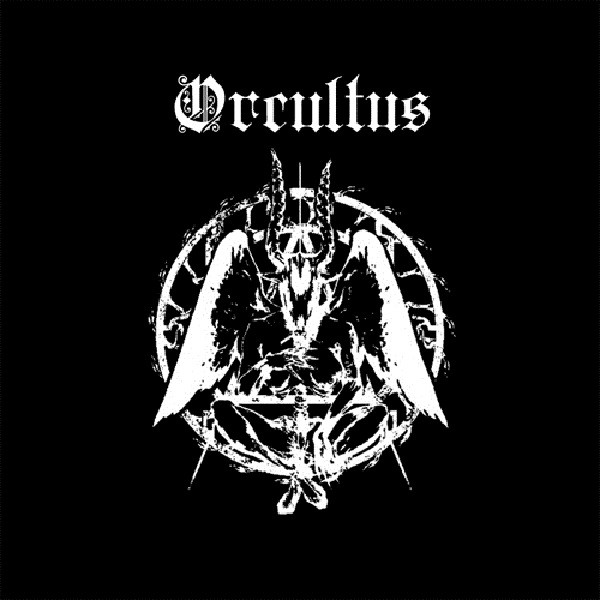
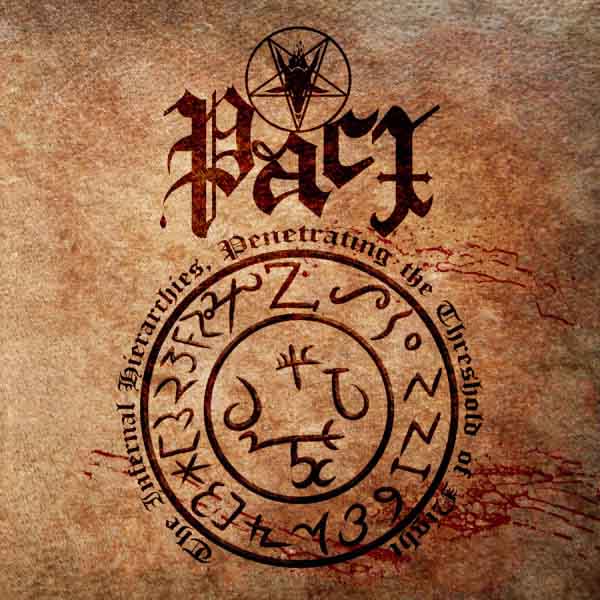
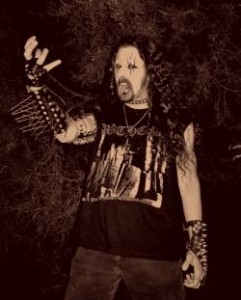 When black metal became in popular perception “the next big thing”, around 1992, it was rightly considered an European phenomenon which contained a cultural bias based on tradition, arts and society impossible to spiritually clone in the
When black metal became in popular perception “the next big thing”, around 1992, it was rightly considered an European phenomenon which contained a cultural bias based on tradition, arts and society impossible to spiritually clone in the 
